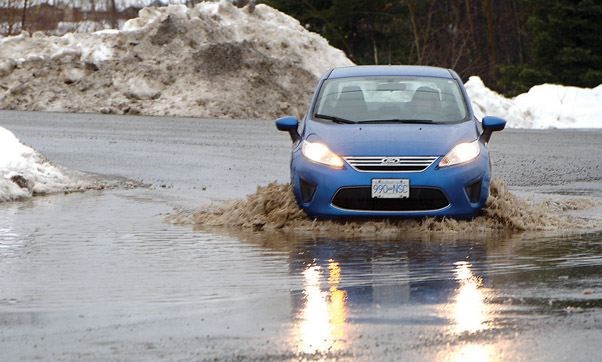There is still time for the weather to turn for the better as far as the Canada Winter Games is concerned, but if there was going to be a year when some unseasonable warmth would strike during the winter, 2015 was it.
That's because this is the year of El Nino, when a pattern of warmer sea surface temperatures tends to moderate the climate, Stephen Dery, an associate professor in environmental science at the University of Northern British Columbia, said Friday.
"We're more under the influence of this warm Pacific air than the cold Arctic air that we can get," Dery said.
The same pattern dominated when the 2010 Olympic Winter Games were held in Vancouver and Whistler, Dery noted. But while the pattern typically cycles through every three to four years, Dery said it's hard to predict.
"The long-range climate models that look at El Nino can do so maybe several months ahead," Dery said. "These winter games take a lot of planning, probably years more than just a few months, and it's hard to know years ahead whether we'll have El Nino or La Nina conditions."
In La Nina years, sea surface temperatures are lower than normal, creating a generally colder and snowier winter.
Environment Canada is forecasting above zero highs until at least Wednesday, peaking at 6 C on Monday.
"It's not going to be good in terms of snow pack conditions or ice conditions," Dery said.
The Games begin on Feb. 13 and continue for more than two weeks. The hope is that the weather returns to a more seasonably cold in the days leading up to and during the Games.
Conversely, extreme cold, like -20 C is also no help. Not only can that lead to outdoor events being canceled over fear the air that cold will damage athletes' lungs but Dery said it tends not to snow when the thermometer dips that low.
"The very cold Arctic air is typically very dry and not conducive to precipitation," Dery said. "It's the extremes you don't want, it's somewhere in between."
- See editorial on page 6


